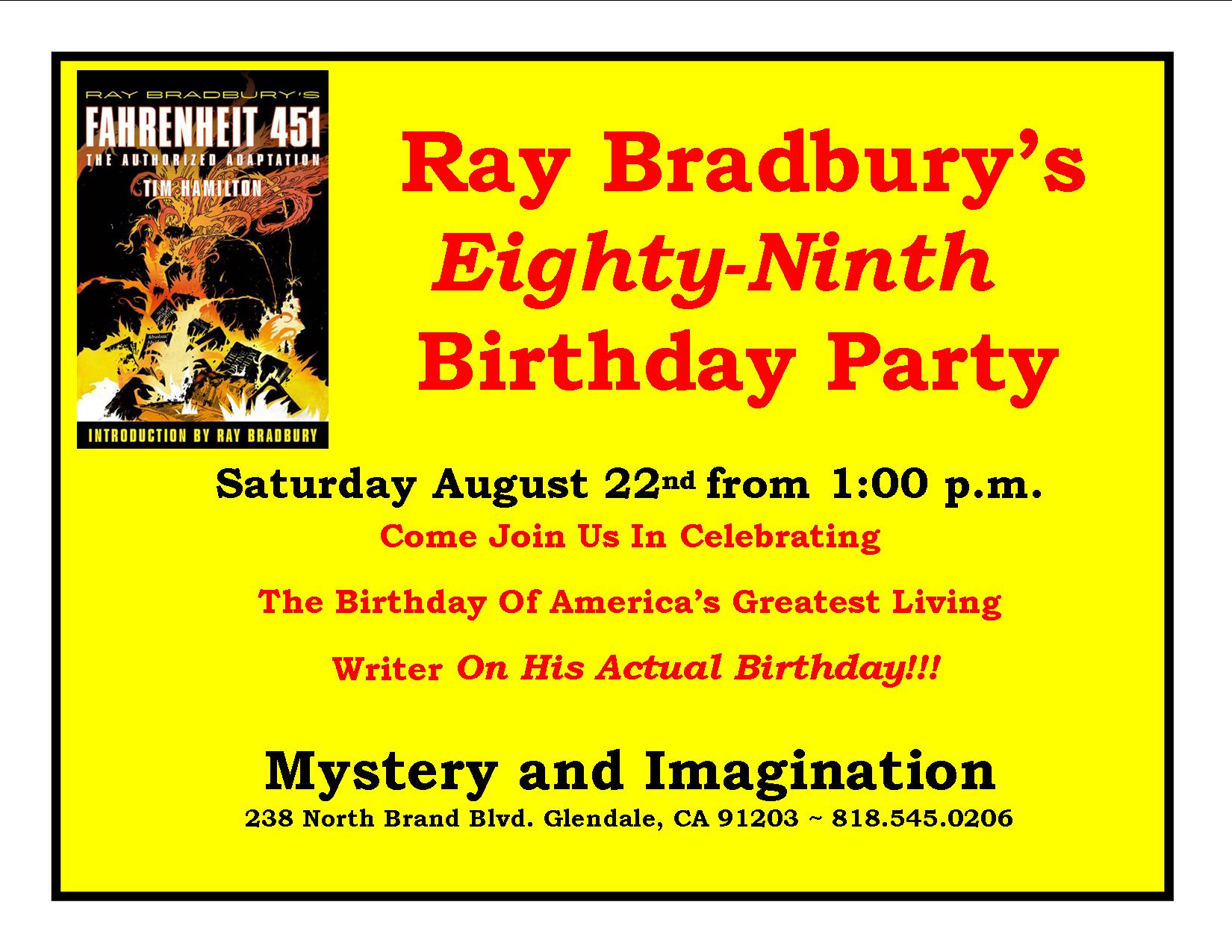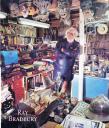By John Hertz: Some Worldcon notes while I work on my fuller report.
The Fanzine Lounge by Day, hosted by Yvonne & Lloyd Penney in the Palais des congrès, was a success. Given adequate if not ample room just outside the Art Show, they laid out fanzines for sale and free, and conversation space, peopled by fanziners and askers. Issue 31 of WOOF (Worldcon Order Of Faneditors), the annually collated apa (amateur publishing ass’n) invented by Bruce Pelz, was duly assembled and distributed, with a superb Brad Foster cover; Alan Stewart will serve as Official Editor pro tempore next year at Aussiecon IV.
The Fanzine Lounge at Night, hosted by Catherine Crockett and Colin Hinz in a suite at the Delta Centre-Ville (our party hotel), was a great success, and the last party in business (not counting the Hospitality Suite, blessedly open 24 hours), although I confess a regrettable habit of leaving early, about 4 a.m. Just as I left one morning Geri Sullivan came with Basque food.
Hinz brought a mimeograph and accoutrement, abetted by Marty Cantor and Ned Brooks who showed what one can do if one can’t attend. Sharee Carton instigated a one-shot fanzine, or anyway Randy Byers said she did. Marc Schirmeister, Sue Mason, Steve Stiles (I think; unsigned), Alexis Gilliland, and Brianna Spacekat & Frank Wu drew with styli and shading plates. I wrote a poem.
People seem to be realizing there may be Art Show tours. Talking about art is itself an art. This year I arranged tours led by Phyllis & Alex Eisenstein (team tour), Gilliland, Mason, Teresa Nielsen Hayden and Ctein (team tour), Jean-Pierre Normand, and me; the con committee added Jon Singer, scheduling him at the same hour as the Eisensteins. Morris Keesan played walking-stick flute as background for Singer. All Singer’s pots went to auction.
The PLOKTA Cabal did the newsletter, brilliantly. I said to Flick “It’s writing!” She said “No, editing.”
A good Masquerade, some entries comical, some beautiful, some both. Perhaps as I was announcing awards I should have explained we gave no Best in Show because we found none outstanding above the rest. Back home I tried explaining this art form the s-f community invented, once a fancy-dress ball, now an on-stage competition, to my barber. He was Milton Berle’s barber. I told him how in “Twilight of the Gods” (Best Presentation, Master class) Anubis gestured with his ankh and the gods collapsed. “That’s deep,” he said; “I like deep.”
On the back of Taral Wayne’s apartment (life-size color photos) Murray Moore arranged two panels I could use for a Rotsler Award exhibit. He & Mary Ellen, also Dave Howell, Mark Richards, and a host of others, helped me with it and “Current Fanzine Art” for the Art Show. Dave Hartwell exhibited the first three or four hundred ties he could lay hands on. When at Élisabeth Vonarburg’s birthday party after some remark of mine she said “I’ll drink to that” I saw her hand empty, I fetched a glass of Merlot, which seemed to surprise her, but this was Montréal.
Neither File 770 nor I won our Hugos, alas for us but hurrah for the winners. Mary Robinette Kowal, quite possibly best-dressed, gave the Campbell Tiara to David Anthony Durham. Howell, the contest-winning designer of this year’s trophy base, explained making asteroids from scrap granite. Running into Kevin Standlee, who had administered, and Irene Gallo, who had judged (neither alone) the contest for a Hugo logograph, I congratulated them on the result, simple, elegant. That was Monday, in the Intercontinental, which had the best hotel food.
Japan announced a bid for 2017. Denvention III, last year’s Worldcon, brought to its thank-you party a copy of the July 21, 1969, New York Times headlining men on the Moon. It was the 70th anniversary year of the first Worldcon. Not bad.


